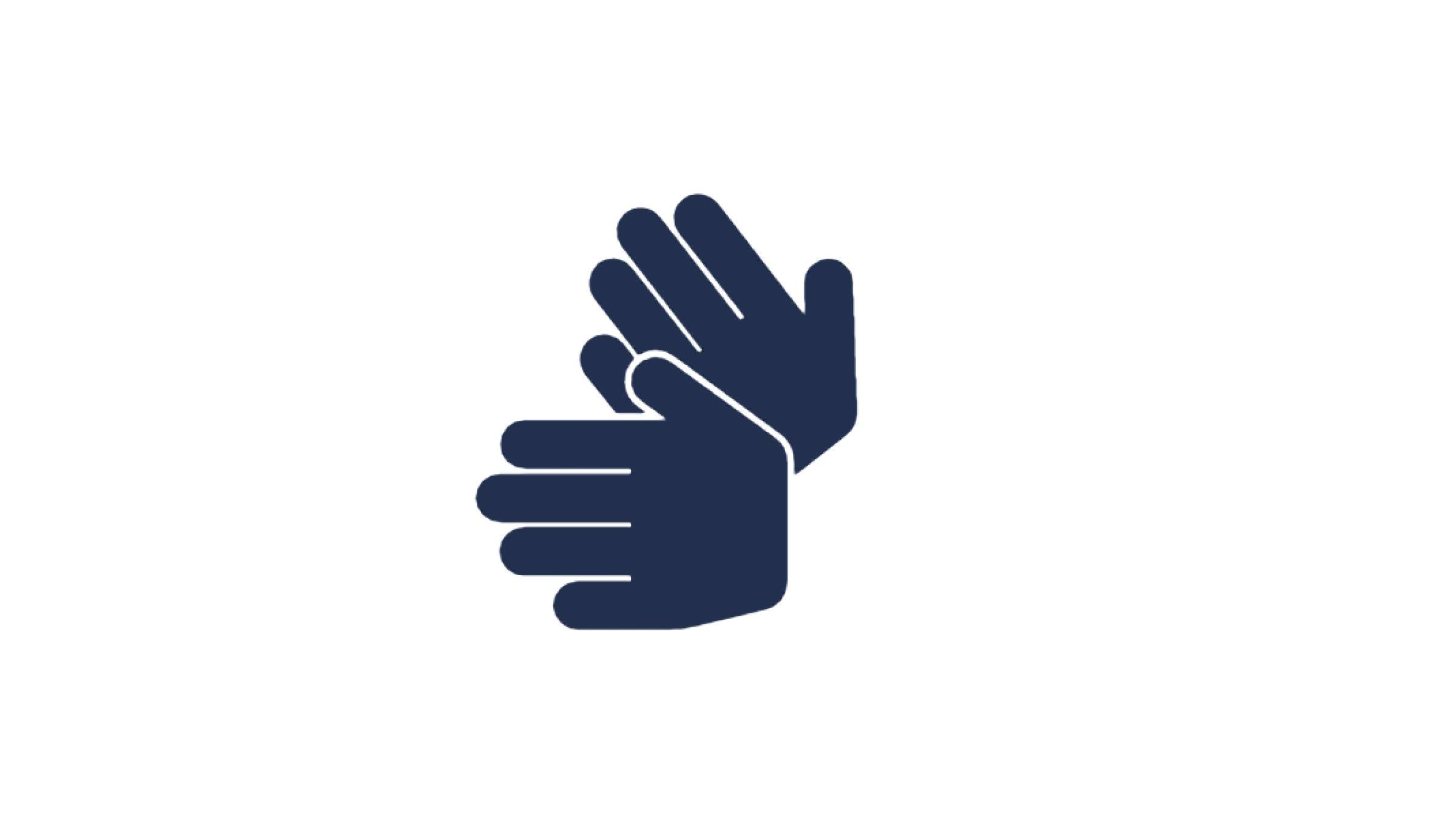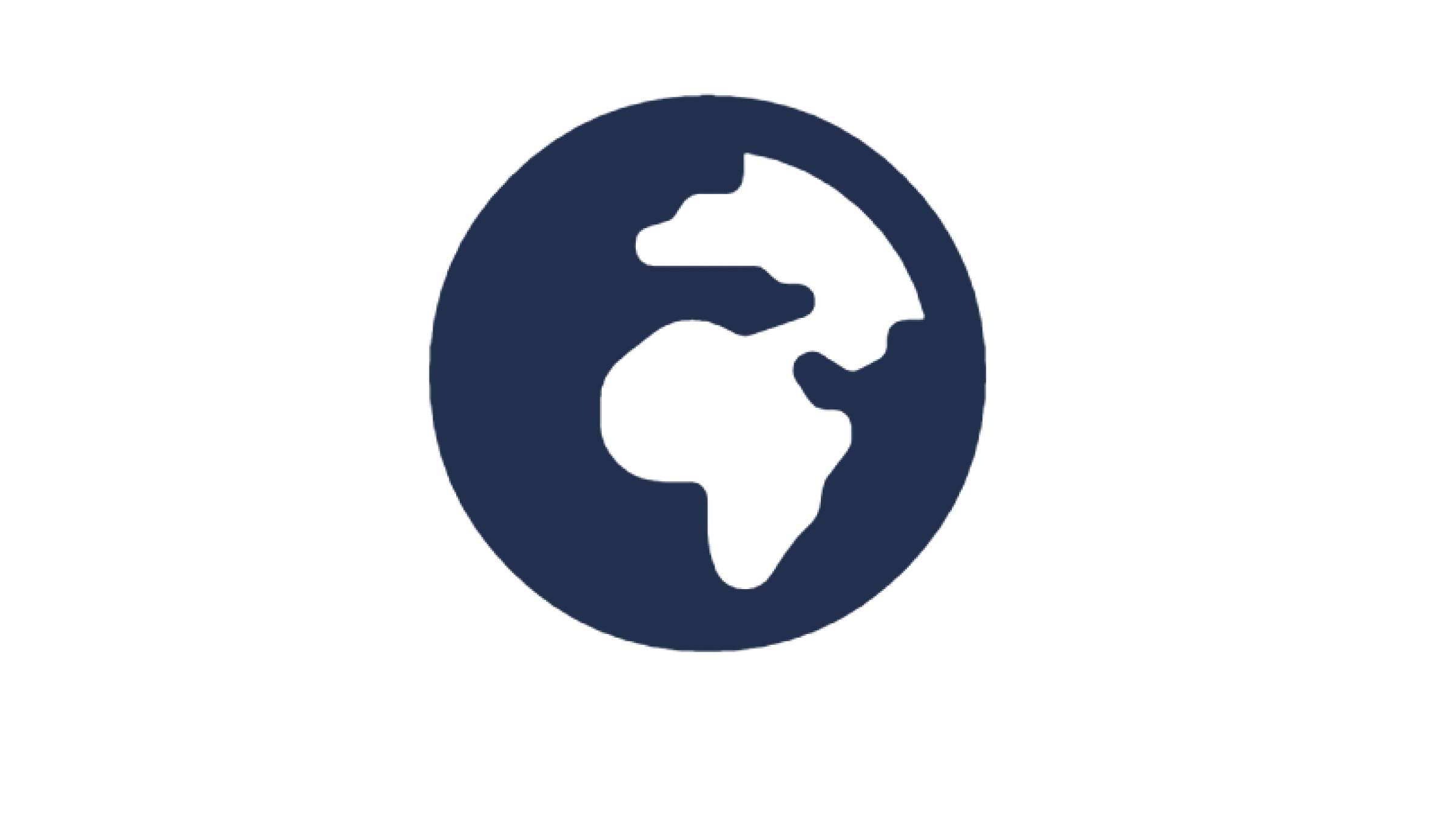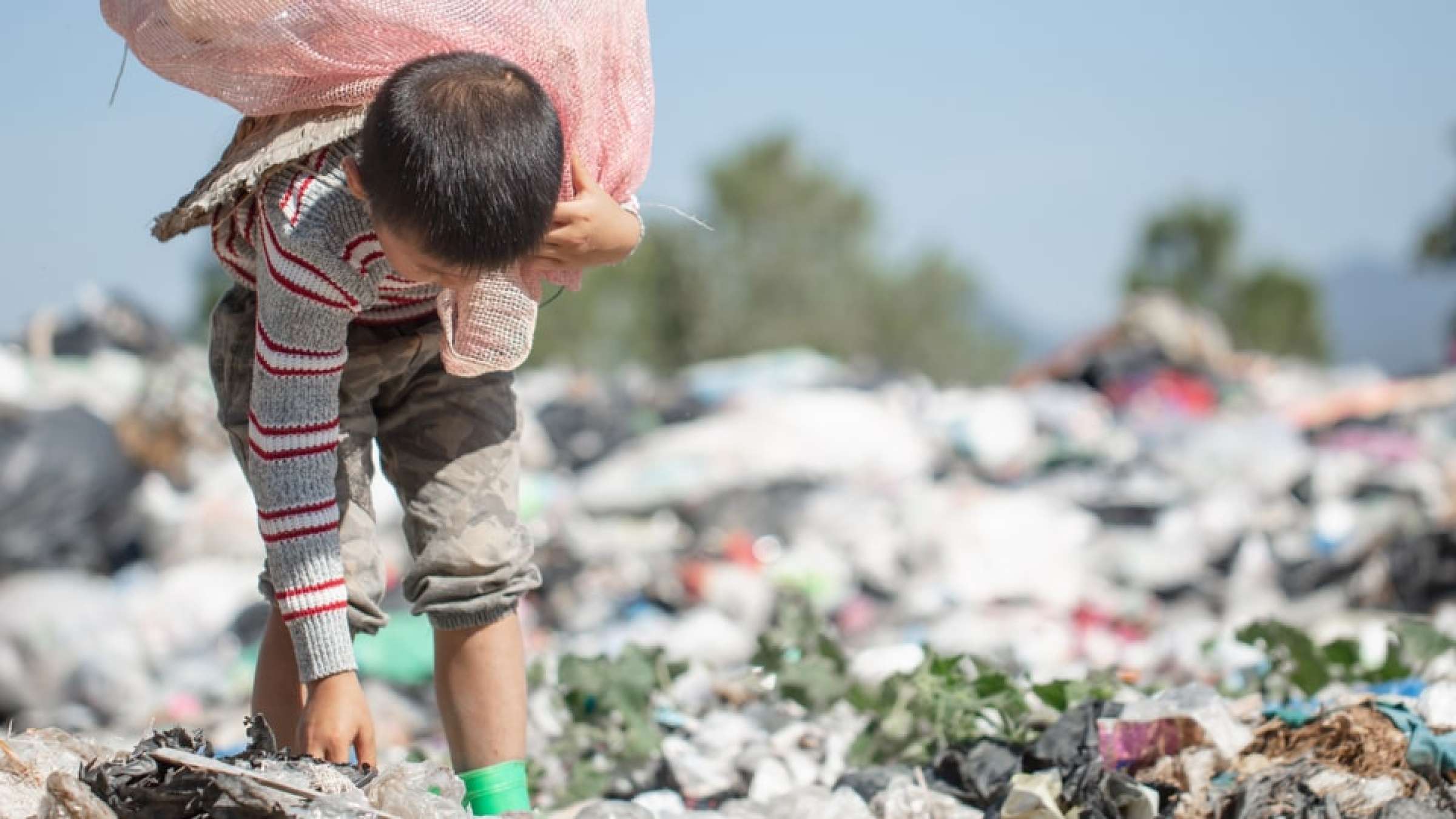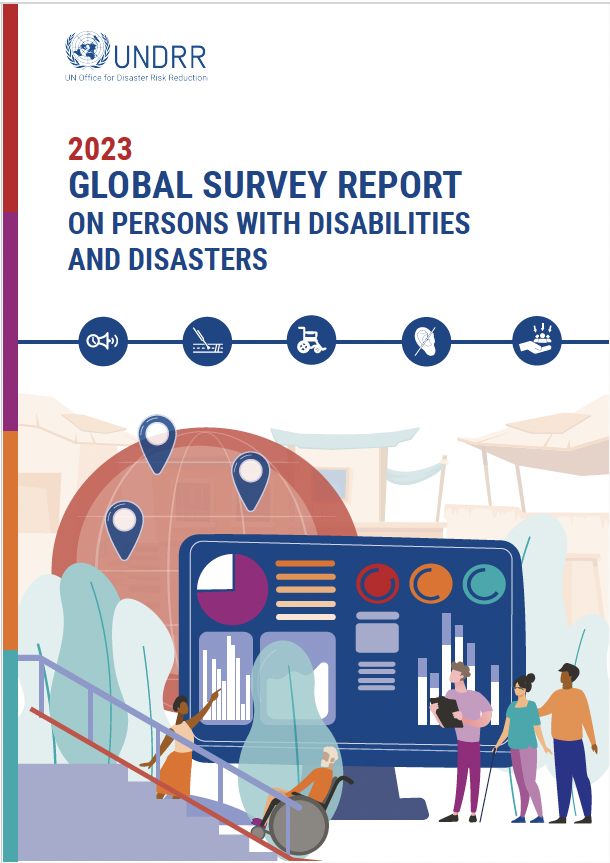About the IDDRR day
Theme of the Day: Fighting inequality for a resilient future
The theme for the 2023 International Day for Disaster Risk Reduction aligns with the Sendai Framework, the international agreement to prevent and reduce losses in lives, livelihoods, economies and basic infrastructure. It has seven global targets and 38 indicators for measuring progress. The Sendai Framework complements the Paris Agreement on climate change, with both frameworks interlinked to achieving the Sustainable Development Goals.
In 2023, the International Day will explore the reciprocal relationship between disasters and inequality. Inequality and disaster vulnerability are two sides of the same coin: unequal access to services, such as finance and insurance, leaves the most at risk exposed to the danger of disasters; while disaster impacts exacerbate inequalities and push the most at risk further into poverty.
The International Day in 2023 takes place after the Midterm Review of the Sendai Framework for Disaster Risk Reduction 2015-2030, where the UN General Assembly in May 2023 adopted a political declaration to accelerate action to strengthen disaster resilience.
The 2023 Global Survey on Persons with Disabilities and Disasters
UNDRR has released the results of the 2023 Global Survey on Persons with Disabilities and Disasters, which is the first global look at how persons with disabilities perceive current national and local disaster risk reduction measures since 2013.
Disasters impact everyone but have a disproportionate impact on persons with disabilities – not because of individual impairments but society’s barriers.
Facts and figures




Take action
- We must break the cycle of disaster > growing inequality > repeat.
- We can curb the destructive power of hazards—in other words, stop them from turning into disasters—through careful and coordinated planning that is designed to reduce people’s exposure and vulnerability to harm.
- We must accelerate the implementation of the Early Warnings for All initiative to ensure everyone on earth is covered by early warnings in the next four years, prioritizing the most at-risk communities
- Greater investments are needed in the collection and use of disaggregated data, both to better understand disproportionate disaster impacts and exposure, and to inform resilience-building plans.
- Member States must prioritise their commitments to achieving the Sendai Framework and SDGs, especially the reduction of poverty and inequality, while urgently addressing disaster risk and vulnerability with a focus on the most vulnerable communities
- Global decision makers must make our financial system fit for purpose in delivering finance for the most climate-vulnerable countries. We need to deliver economic resilience for the most at risk from disasters
- Countries must engage, build capacity and empower groups in all DRR decision making processes. Countries must ensure that the most at risk, including women, older persons and persons with disabilities are meaningfully included.
Resources

History of the day
The International Day for Disaster Risk Reduction was started in 1989, after a call by the United Nations General Assembly for a day to promote a global culture of risk-awareness and disaster reduction. Held every 13 October, the day celebrates how people and communities around the world are reducing their exposure to disasters and raising awareness about the importance of reining in the risks that they face.


